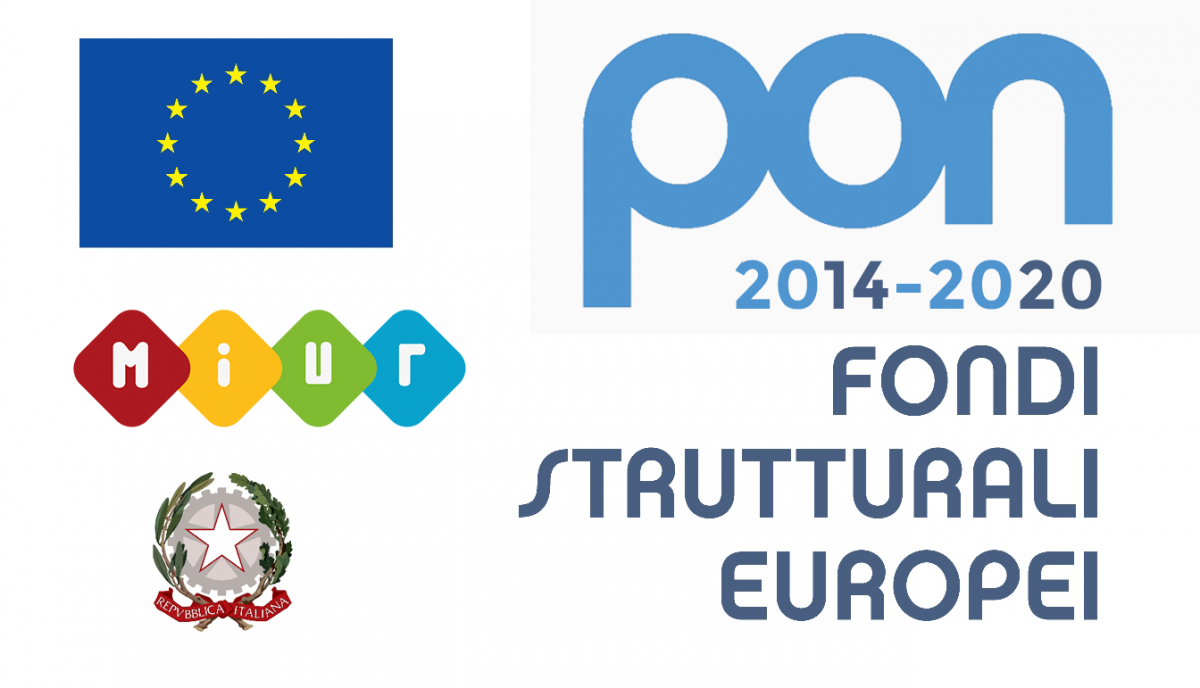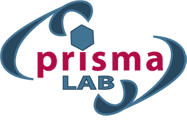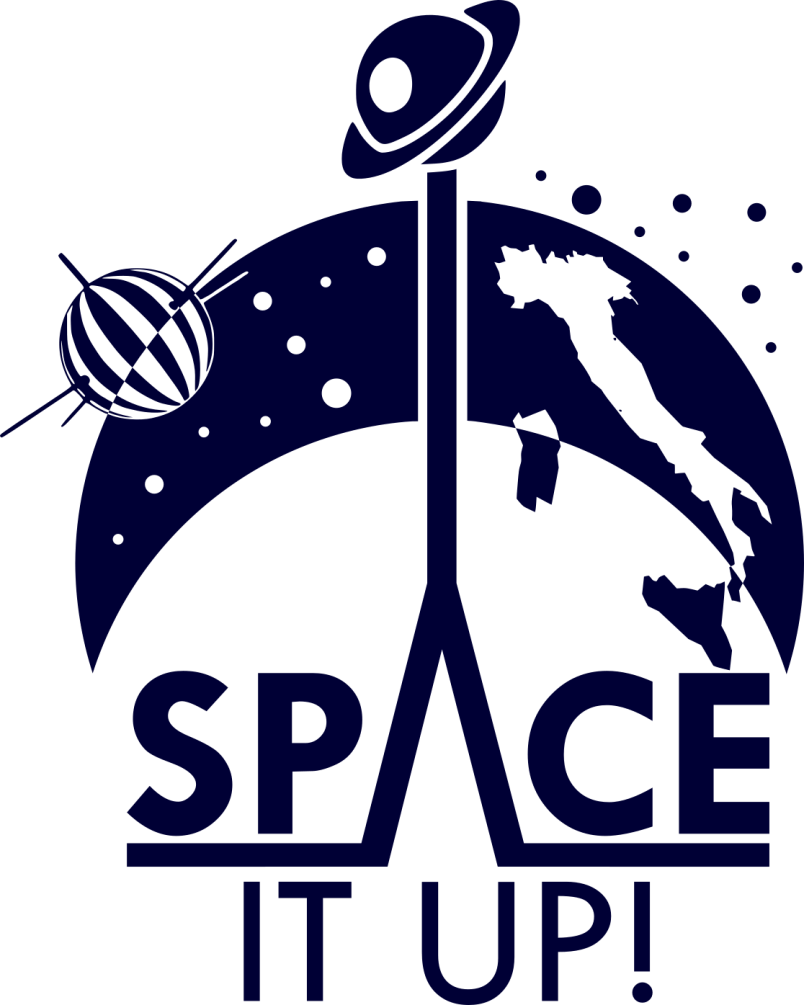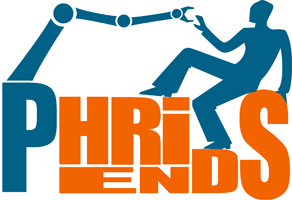The health emergency due to the COVID-19 pandemic has highlighted the urgent need to carry out one’s work safely even in environments that have suddenly become potentially hostile. The need has arisen first in hospitals and retirement homes, where healthcare personnel risked direct contagion from patients. The same need has also been evident in production, logistics and trade of material goods. On the other hand, the use of robotic technologies in a hostile environment has very strong motivations and potential even beyond the prevention of contagion. Avoiding human exposure to radiation while securing a large quantity of radioactive materials and responding to disasters and natural calamities are fields of application of robotics. A common feature of these applications is the need to separate physically the robot operator from the place where the robot is operating. Robotic avatars and semi-autonomous smart machines that can be sent to remote and dangerous environments to carry out highly dexterous tasks are expected to transfer the skills of specialised operators in critical scenarios, eliminating for them the dangers and psychophysical fatigue.
Space It Up
- Space It Up
- July 2024 ‒ February 2027
- 80,000,000 €
The project has 33 partners including universities, research centers and public and private companies. It is funded by the Italian Space Agency e il Ministry of University and Research to promote collaboration and innovation in the space sector on nine lines of research, from observation and protection of the Earth to extraterrestrial exploration, from artificial satellites to remote sensing. The objectives of Space It Up are focused on addressing key challenges for future generations. These include promoting innovation and expanding fundamental knowledge in areas such as numerical models, innovative satellite architectures and constellations, new mission profiles, advanced instrumentation, and Artificial Intelligence applications; supporting a sustainable future through space technologies that allow for climate change monitoring and extreme weather forecasting; ensuring long-term human presence in space with the aim of a multiplanetary society; and strengthening the space sector in Italy by covering the entire value chain of space research and development, through coordinated efforts among universities, research institutions, and industry.
WELDON
- Walking robots: A connection between legged robots and nonprehensile manipulation
- March 2019 ‒ August 2021
- 80,000€
- website
WELDON is aimed at enhancing the autonomy of bipedal robots, such as humanoids, for future application to manufacturing, service robotics, and healthcare domain. Recent robotic challenges have shown that humanoids exhibit serious robustness problems within unstructured scenarios. On the other hand, robot manipulation capabilities are increasing, filling the actual gap between human and robotic skills. A new trend in robotics is to find out possible connections between different research fields. Balancing, slow walking gaits, and grasping tasks share several similarities. The fundamental idea behind WELDON is to establish a connection between multi-contact dynamic, energy efficient walking and nonprehensile manipulation. Finding out such a connection allows going beyond the current state of the art in legged robotics, providing both theoretical and technological solutions where cutting-edge knowledge and innovation can merge in creating e versatile framework for walking tasks.
PLACE

- Eco-sustainable reuse of offshore platforms
- June 2018 ‒ December 2020
- 9,100,000€
- website
SHERPA
- Smart collaboration between Humans and ground-aErial Robots for imProving rescuing activities in Alpine environments
- February 2013 ‒ January 2017
- 11,267,859 €
- website
The goal of SHERPA is to develop a mixed ground and aerial robotic platform to support search and rescue activities in a real-world hostile environment like the alpine scenario. What makes the project rich from a scientific viewpoint is the heterogeneity and capabilities of the different actors of the SHERPA system: the “human” rescuer is the “busy genius”, working in team with the ground vehicle, as the “intelligent donkey”, and with the aerial platforms, i.e. the “trained wasps” and “patrolling hawks”. Researcg focuses on how the “busy genius” and the “SHERPA animals” interact and collaborate with each other, with their own features and capabilities, toward the achievement of a common goal. A mix of advanced control and cognitive capabilities characterize the SHERPA system, aiming to support the rescuer by improving his/her awareness of the rescue scene even in tough environments and with the “genius” often “busy” in the rescuing activity, and thus unable to supervise the platform.
SAPHARI
- Safe and Autonomous Physical Human-Aware Robot Interaction
- November 2011 ‒ October 2015
- 8,297,472 €
- website
Recent progress in physical Human-Robot Interaction (pHRI) showed that active and safe workspace sharing becomes possible in principle. Inspired by these results, SAPHARI performs a fundamental paradigm shift in robot development in the sense that we place the human as the centre of the entire design. We address all essential aspects of safe, intuitive physical interaction between humans and complex, human-like robotic systems in a strongly interconnected manner. While encompassing safety issues based on biomechanical analysis, human-friendly hardware design, and interaction control strategies, the project is to develop and validate perceptive and cognitive key components that enable robots to track, understand and predict human motions in a weakly structured dynamic environment in real-time. Results of this project are expected to strongly impact all applications where interactive robots can assist humans and release them from dangerous or routine tasks.
PHRIENDS
- Physical Human-Robot Interaction: Dependability and Safety
- October 2006 ‒ September 2009
- 2,158,000 €
- website
Robots designed to share an environment with humans must fulfil different requirements from those typically met in conventional industrial robots. While the stress in performance is shifted from sheer accuracy to more complex measures, the paramount concern becomes safety of the robot system. PHRIENDS is about developing key components of the next generation of robots, including industrial robots and assistance devices, designed to share the environment and to physically interact with people. Such machines have to meet the strictest safety standards, yet they also to deliver useful performance: this poses new challenges to the design of all components of the robot, including mechanics, control, planning algorithms and supervision systems. An integrated approach is to be developed for co-design of robots for safe physical interaction with humans.





